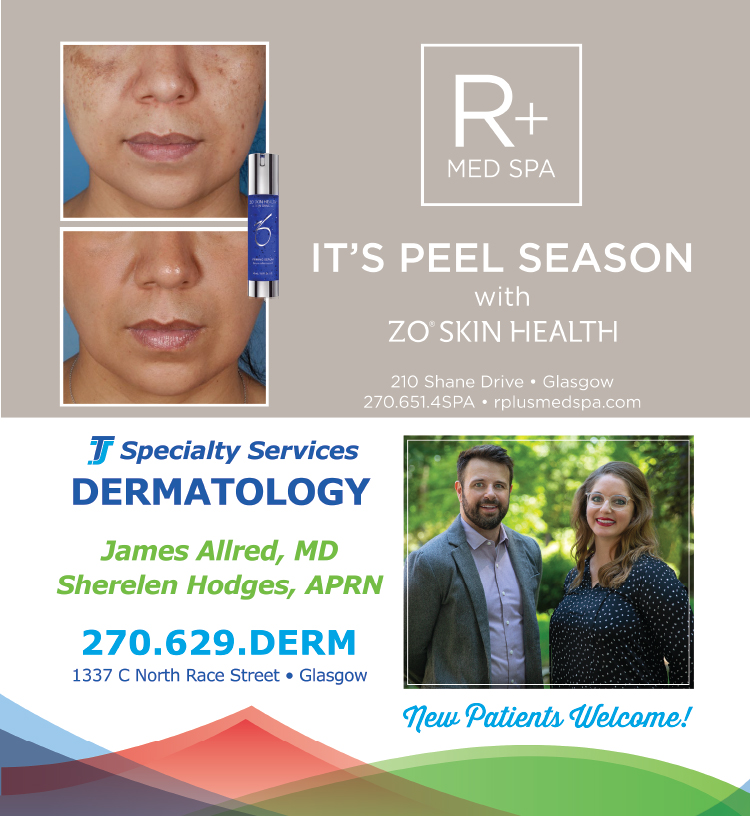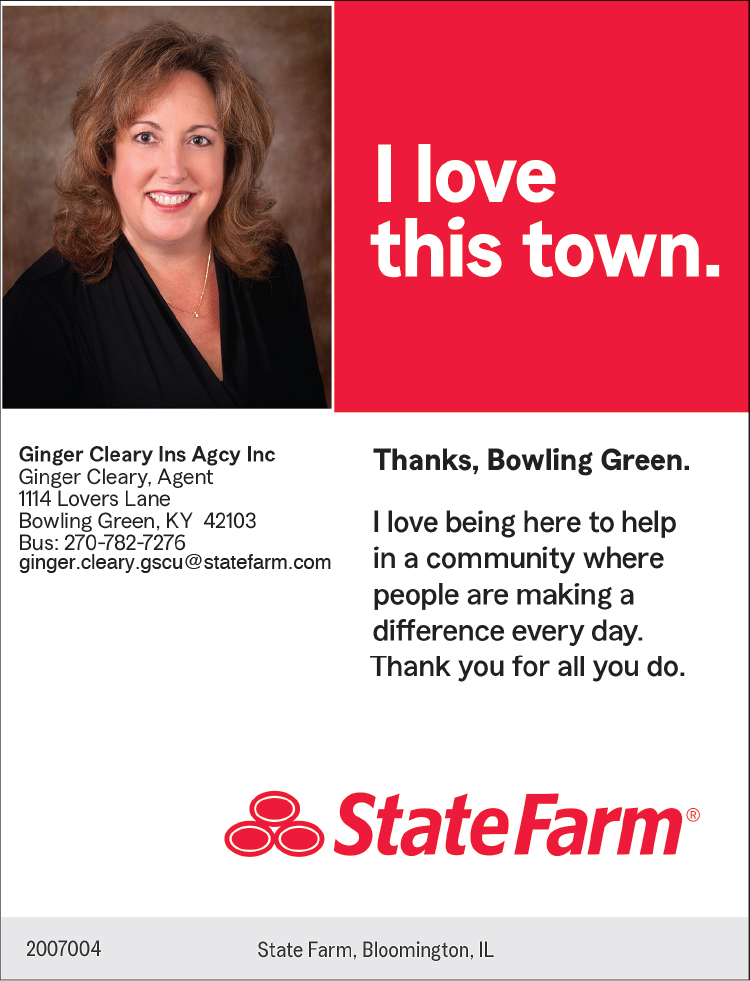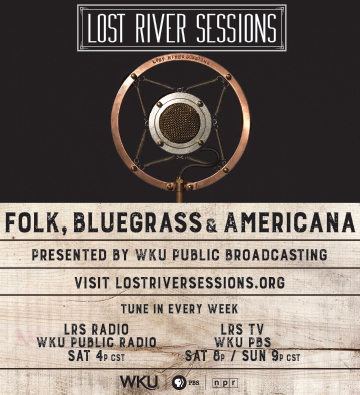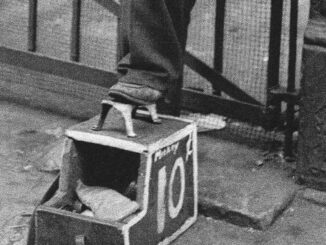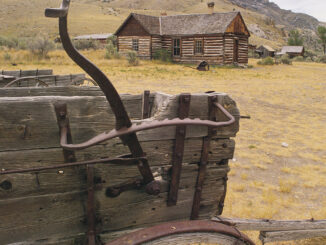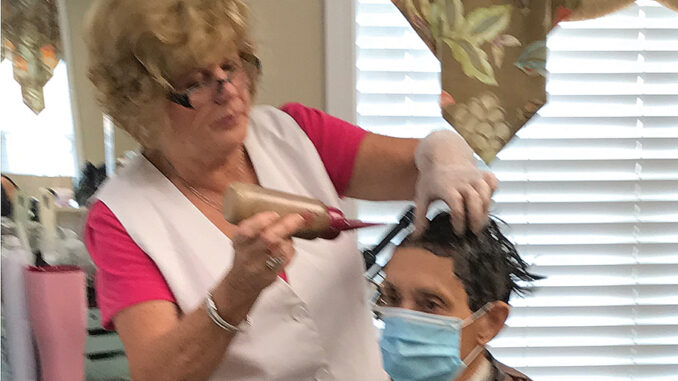
Today’s news, the recent clothing styles, your neighbor’s newborn baby, a new salad recipe, what’s the best medicine for rash, gifts one has recently received, the new pastor coming to the church, next week’s celebration at the social center… these and thousands of other topics are shared with patrons during their visit to the hairdresser. Beauty shops, shoppes, salons or similar names are the meccas of personal hair care and a source of the latest styles and visiting opportunities with friends. Historically, not existing as long as men’s barber shops, the businesses play a valuable role in today’s existence.
Hair care, of course, has existed as long as humans have existed. Stone Age individuals trimmed their beards and females their tangles of matted hair with the edge of sharp rocks, shells or flint. As time passed and the ancient communities came into existence, men began seeking individuals more skilled than themselves to cut and shave their hirsute features. Women, who were not as pilose as the males, were assisted by slaves or other beings within the family setting in caring for their hair. Ancient hair care became routine practice and the early civilizations began to use customs like hair coloring, different styles and even the use of wigs. For example, in early Rome, if you were of the upper class, you would color your hair red, if middle-class it would be blonde, and black for poor women.
In the early American colonies, by the 1800s barber shops and salons were commonplace. Advertisements began to appear urging women to come out of their homes for the salon experience. The first public salon for women was The Harper Hair Parlor, established by entrepreneur Martha Matilda Harper. She continued the profession by starting a training school and hiring young girls in her salon.
In the mid-1800s, the existence of beauty salons was an accepted entity in Bowling Green.
The old custom of women combing their hair away from the face, parting it down the middle and hanging it loose or with a bun on the top of the head was fading fast. This was made possible by places like The Renaissance Hair Design in the Turpin Building in the 900 block of State Street. It led the way for similar businesses in downtown locations. Most citizens will remember the famous Lois-Glyn Beauty Shop. Also, the successful Lois-Glyn School of Beauty Culture was housed in this area. Later appeared the Leading Beauty Parlor, Helen’s Beauty Shop in the Helm Hotel, the Oriental Beauty Shoppe, the Shoppe in Pushins Department Store, Nahm’s, and Martin’s, just to name a few. By the 1930s, parlors and salons had continued to exist not only in the downtown area but had moved along the main corridors of the city: Chestnut, 12th Street, High Street and Laurel Avenue. Many of these were established in the homes of the provider. By census records of the city for the 1960s, the list of establishments in commercial locations and in private homes listed almost seventy full-time service centers.
Nationally, the roaring ‘20s gave the biggest rise in becoming the place to go for women escaping from their mundane life, to be pampered and indulge in gossip. Hairstyling became readily available to all social classes. The end of the 19th century had already introduced hot combs, curling irons and electric hair dyers. The early 1900s introduced the permanent wave. African-American hair products were produced. Following was the women’s razor, bobby pins and, of course, the short bob became popular. By the 1950s, long hair was again popular, especially platinum blonde hair (with help of individuals like Marilyn Monroe). The years following saw a parade of many different styles, equipment and fads. Surely the reader can recall the evolution of her own experience in different styles through her lifetime.
Locally, women in the Bowling Green community were blessed with a variety of beauty care choices. Among these was the before mentioned Lois-Glyn School of Beauty Culture located at 1025 State Street by Glenn Fisher in 1930. Mr. Fisher also had the Shoppe in the Helm Hotel at the time and played a significant role in establishing shoppes around the city that trained beauticians to practice their skills on an equal commission basis. In 1932, Edna Gatewood (Mrs. Glenn Fisher) began the management of the school, which became the highest rating school in the state. The Lois-Glyn School was a member of the National Hairdressers and Cosmetology Association, Kentucky State Board of Cosmetology, The Veterans Administration, and Vocational Rehabilitation for training. Graduates of this business still remember the quality training they received from this setting. “Miss Mary and Miss Mattie” are remembered from this school for their friendly and quality classes during the eleven months of training.
Cathy Adams fondly remembers these months of training back in 1971 with “Miss Mary and Miss Mattie.” Her love for hairdressing and cosmetology was inspired by her grandmother, who had a shop of her own, and Cathy spent many hours there. Today Cathy is associated with the Tower Place Nail and Hair Salon as a booth renter in the business. The shoppe is run by beautician Karen Clines, who rents out booths to other cosmetologists in an arrangement quite different from the shops the Fishers owned and used the 50/50 commission shops.
Karen Clines had her eleven months of training in 1971 from the Bowling Green Beauty College, located at the time in Fairview Plaza before it was destroyed by fire several years later. Both Cathy and Karen recall getting their licenses from the Kentucky State Board of Cosmetology, which cost about $500. (Today’s cost is about $23,000, reported some of the younger booth renters.) For years they, like all licensed beauticians, had to be tested for TB each year.
Booth renting beauty establishments are the current pattern for most salons, but for the early years, during the early 1900s, the neighborhood beauty shops were private extensions of the beautician’s home. State and local requirements were met as always, but the local home setting allowed for more flexible scheduling and convenience.
An example of this is Gladys Beasley, whose first hairdressing experiences were with combing and brushing the hair of her dolls. When she completed high school, she attended the Joyce’s Beauty School in Nashville, Tennessee. Like all licensed cosmetologists, her instruction covered chemistry, anatomy and psychology, along with training in products for use. Following her graduation in 1963, Gladys served her apprenticeship for the required three months. During her years of serving the public, she has been in several locations in the city and is at present working from the extension of her home on Coombs Avenue.
A common expression jokingly states “…only her hairdresser (or barber) knows for sure.” Cosmetologists find themselves caught in conventional conversations, opinions, gossip, secrets and ideas while the customers are in the shop. In addition to their beauty skills, they have learned to be good listeners and always show respect to each customer. It is pleasant to know our community is blessed with so many skilled cosmetologists who are quality-trained at giving the customer so much pleasure and discretion.
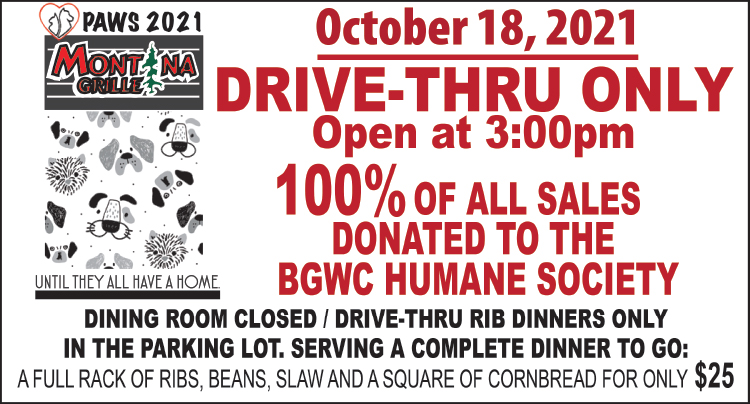
-by Mary Alice Oliver
About the Author: Mary Alice Oliver is a Bowling Green native who is a 1950 graduate of Bowling Green High School. She retired from Warren County Schools after 40 years in education. Visiting familiar sites, researching historical records and sharing memories with friends are her passions.

